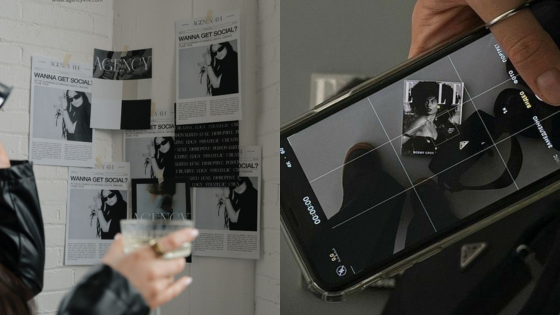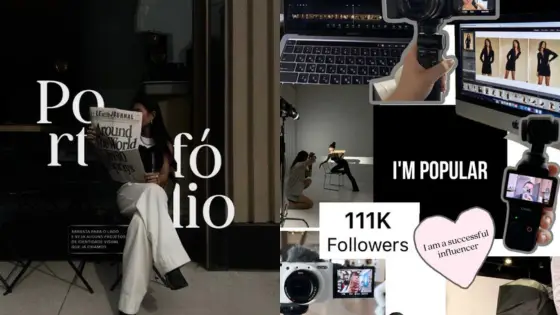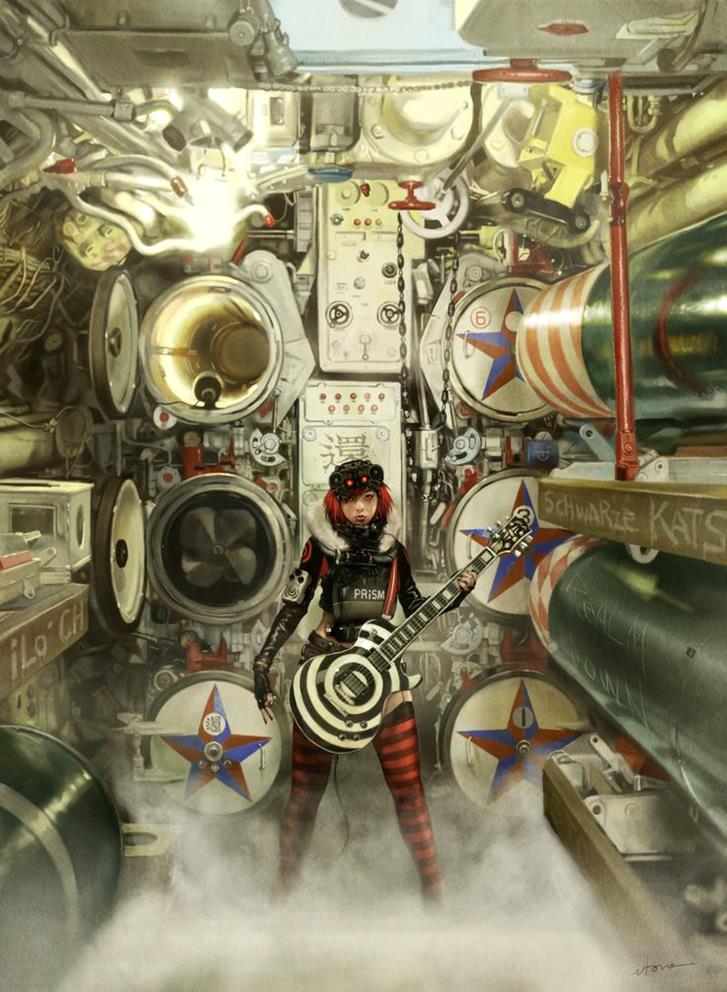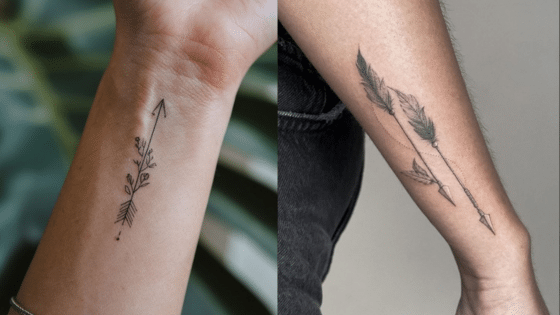Many famous designers have unique daily habits that help them stay creative and focused. Their routines often include simple actions like setting aside quiet time, sketching ideas, or surrounding themselves with inspiring objects. These habits create a steady flow of ideas and keep creativity alive.
Some designers stick to strict schedules, while others keep things loose but consistent. They know what works best for their minds and use their routines to solve creative blocks. Learning about these routines can inspire others to find their own way of working.
Daily Habits That Shape Creative Success
Creative designers build their success through clear daily habits. They start with inspiring routines in the morning, then organize their work carefully, and balance work with rest to keep their ideas fresh.
Morning Rituals for Inspiration
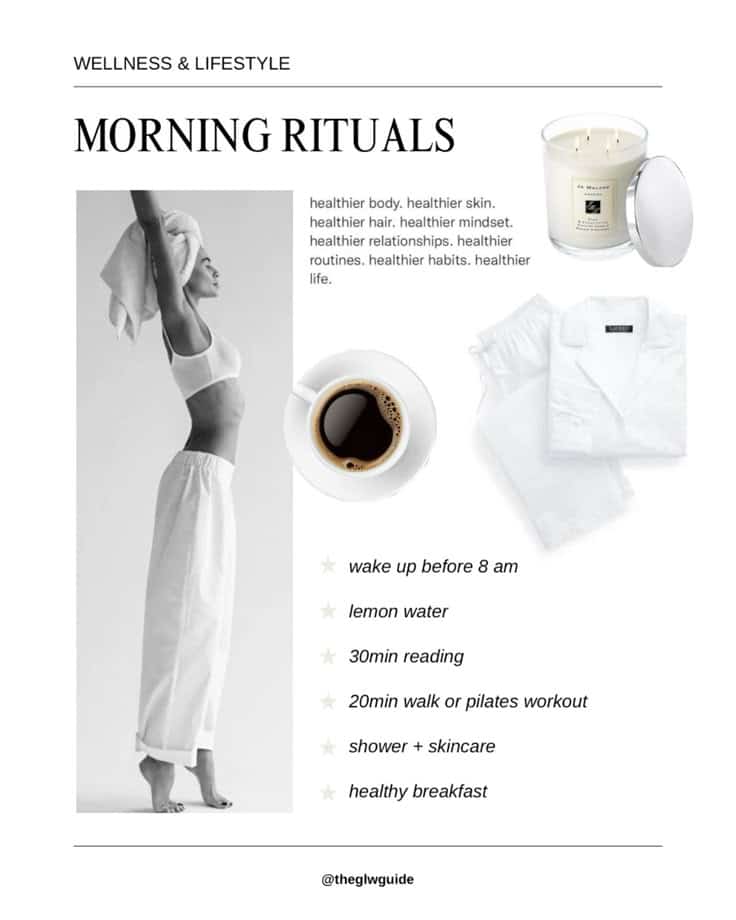

Many famous designers begin their day with a specific ritual that sparks creativity. Some like to read or sketch immediately after waking. This helps set a creative tone for the day.
Others use quiet time to review projects or collect ideas in journals. They avoid jumping into digital distractions first thing. For example, one designer prefers a 10-minute meditation followed by freehand drawing to clear the mind and boost focus.
Starting the morning slowly but purposefully allows designers to gather inspiration and prepare mentally before the work begins.
Organizing the Workday
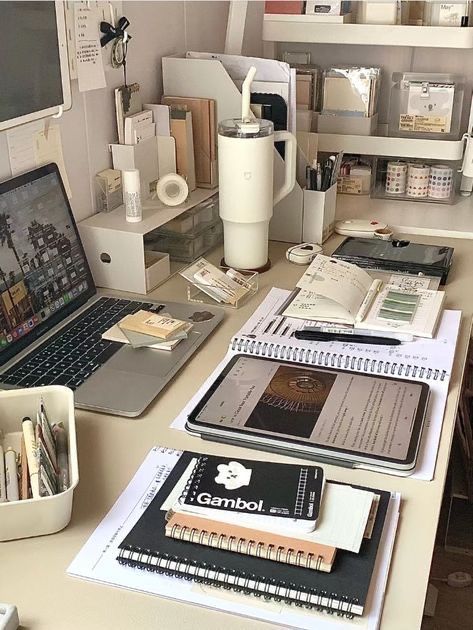
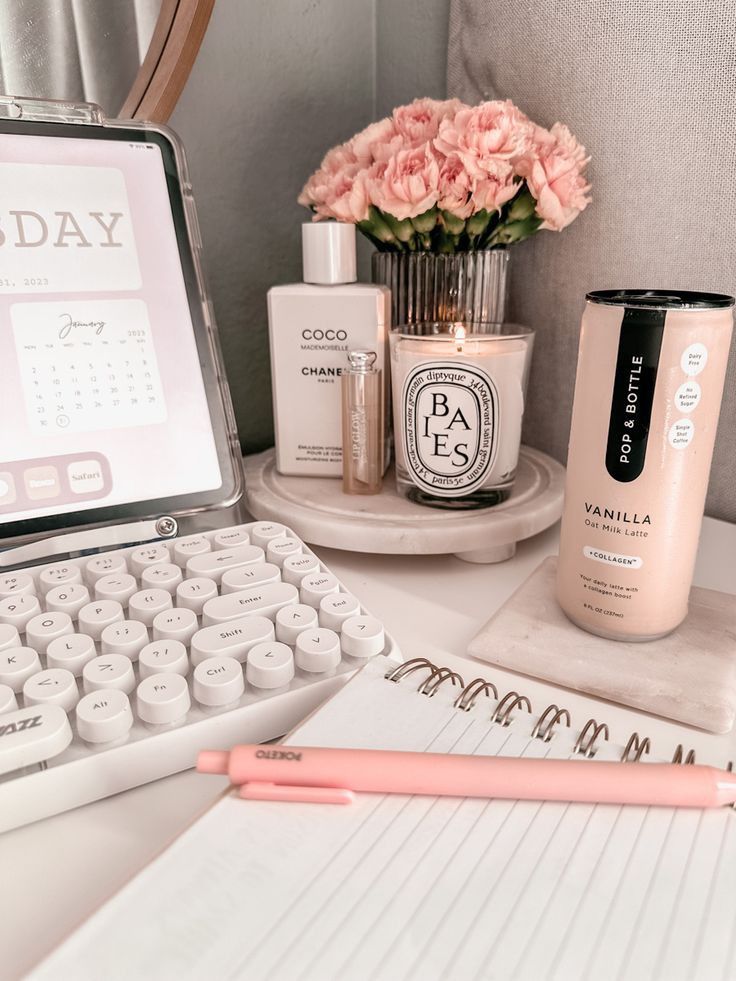
Successful designers plan their days with clear priorities. They often break tasks into chunks, focusing on one project at a time to avoid feeling overwhelmed.
Using tools like calendars or to-do lists helps them stay on track. For instance, one designer sets specific time blocks for brainstorming, then switches to detailed work to keep creativity flowing without burnout.
They also create tidy workspaces. A clean desk or digital folder system reduces distractions and makes it easier to find ideas and materials.
Balancing Work and Rest
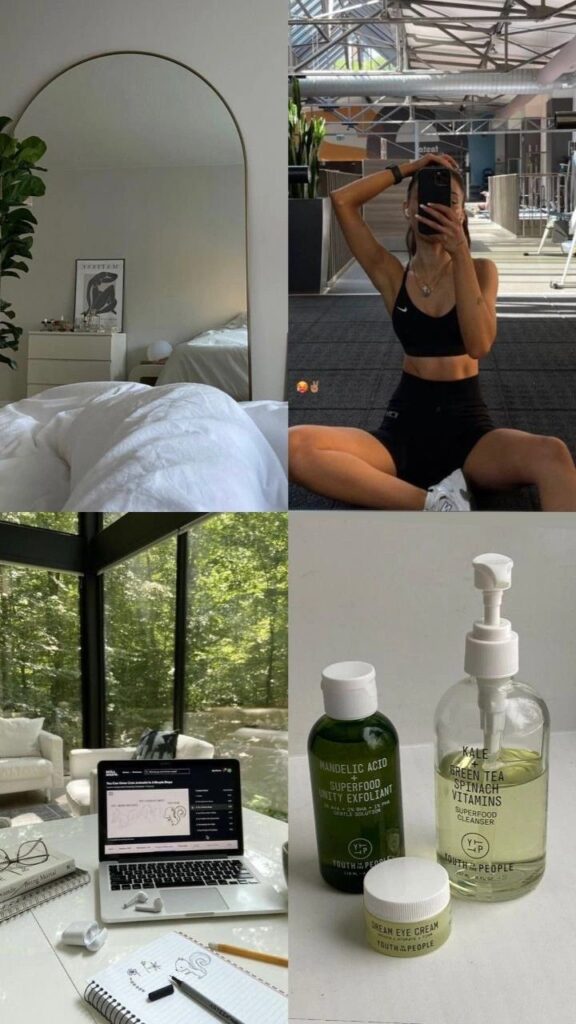
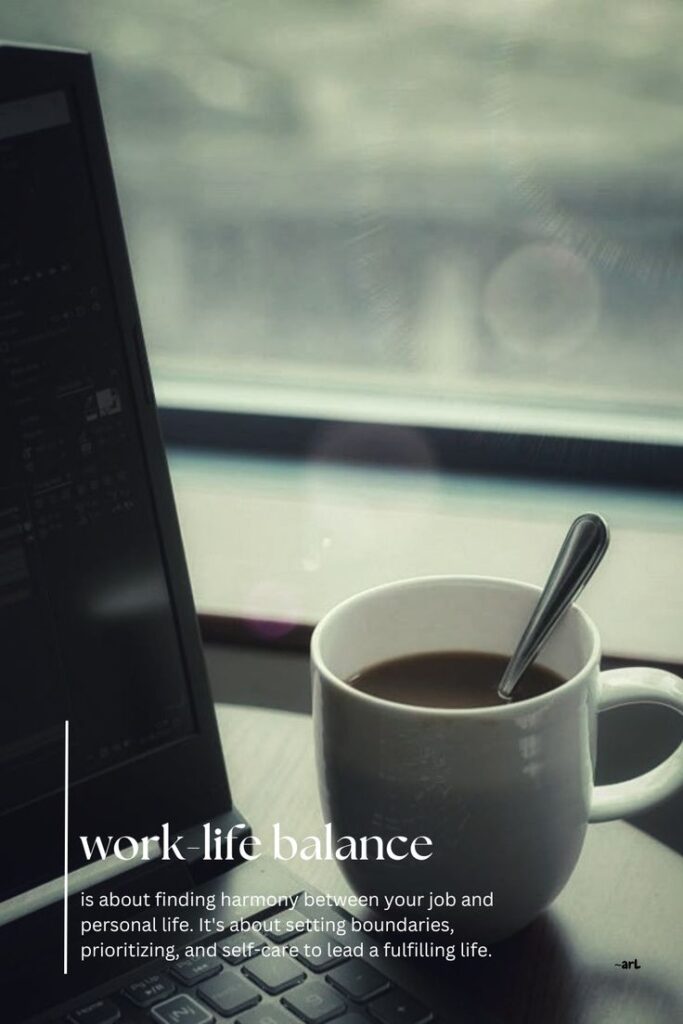
Rest plays a key role in creative success. Designers know when to take breaks to recharge their minds.
Short breaks during intense work refresh attention. Some step outside for fresh air or a quick walk. Others use rest periods to listen to music or sip tea quietly.
Longer breaks, like evening routines or weekend time off, help prevent burnout. By balancing focus with rest, designers maintain steady creativity over time.
Time Management Strategies from Design Icons
Famous designers use specific ways to manage their time and get the most out of their creative work. They focus on organizing tasks, protecting creative hours, and keeping distractions away to stay productive and inspired.
Batching Creative Tasks
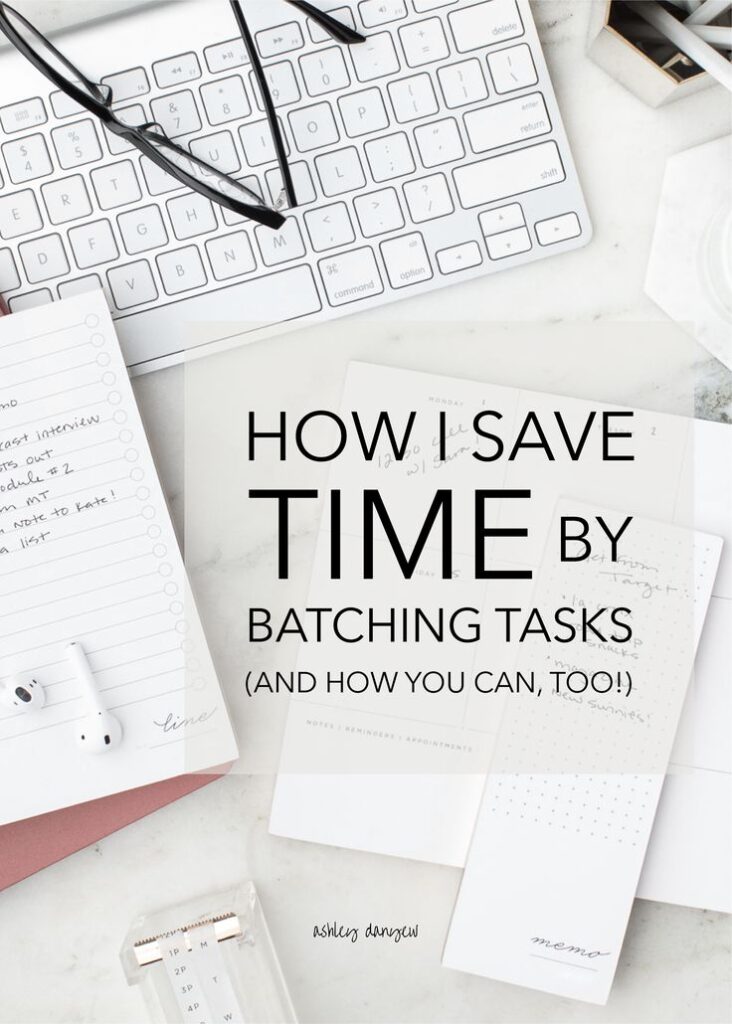
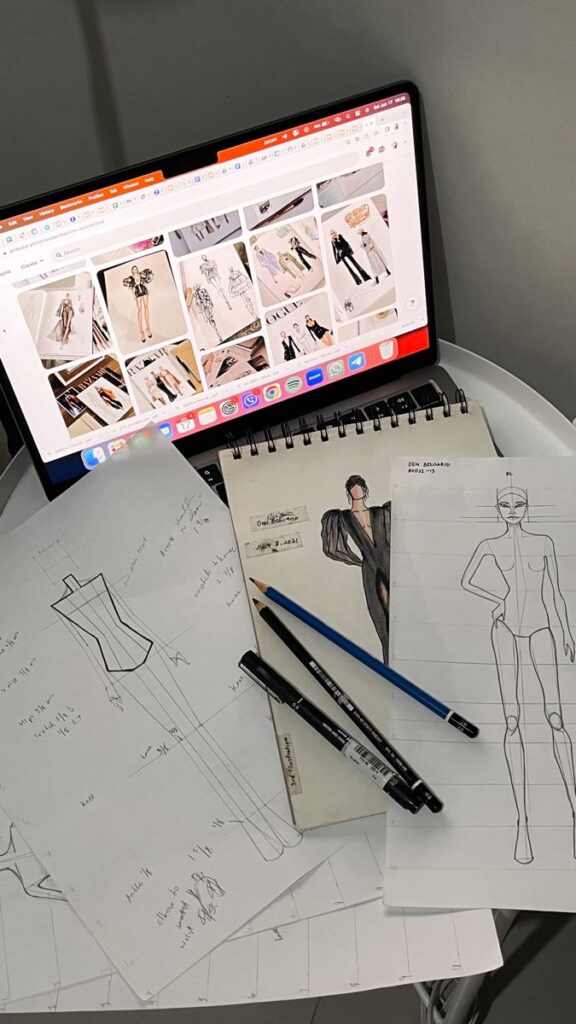
Many designers group similar creative tasks together. This helps them stay focused on one type of work without switching gears too often.
For example, a designer might sketch all ideas in one session and then move on to digital work later. This avoids constant breaks in concentration.
Batching also saves mental energy. When she works on similar tasks at once, she can get into a smooth rhythm. That rhythm helps her finish projects faster and with better quality.
Blocking Uninterrupted Creative Time
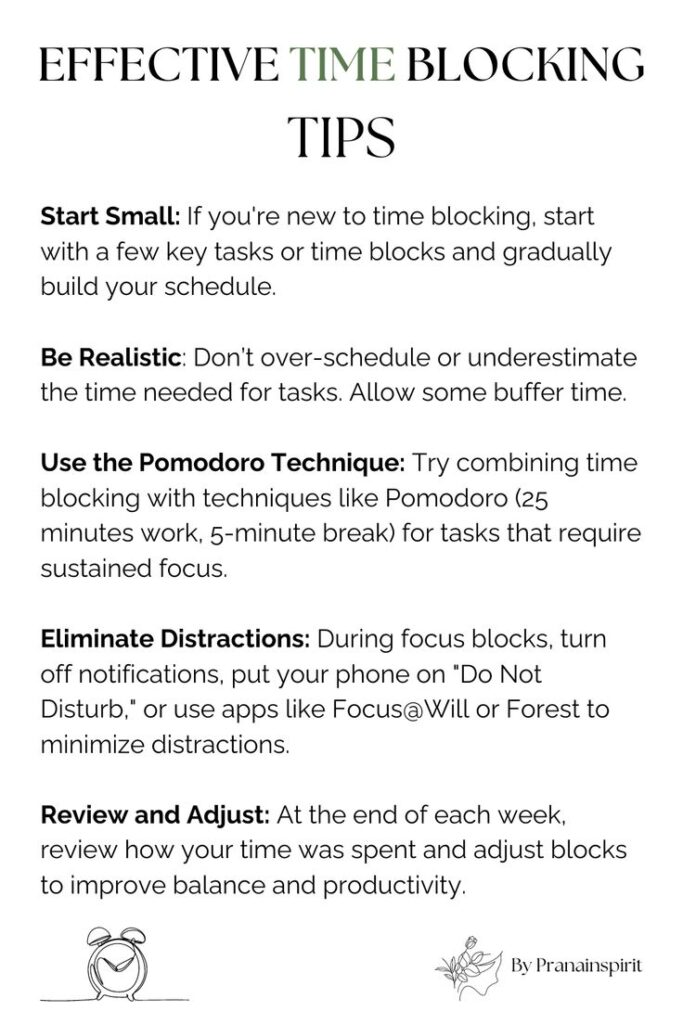

Top designers reserve specific blocks of time when they avoid meetings and distractions completely. This uninterrupted time lets them dive deep into creative thinking.
They often plan these blocks during their most energetic parts of the day. For some, that means early morning when the mind feels fresh. Others prefer late at night for quiet and calm.
By protecting these blocks, they avoid multitasking. This focused time leads to stronger ideas and better problem solving.
Setting Boundaries for Productivity
Design icons clearly set limits on their work time and how others can reach them. Saying no to non-essential tasks and interruptions keeps their energy for key projects.
They may turn off notifications or set strict hours for emails and calls. This helps prevent constant disruptions.
Boundaries also help balance work and rest. Designers know that creative energy needs time to recharge. Without clear limits, burnout can happen faster.
Workspace Design and Personalization
Famous designers create spaces that help them focus and feel inspired. They arrange tools and materials carefully and adjust their environments to keep creativity flowing.
Creating an Inspiring Atmosphere
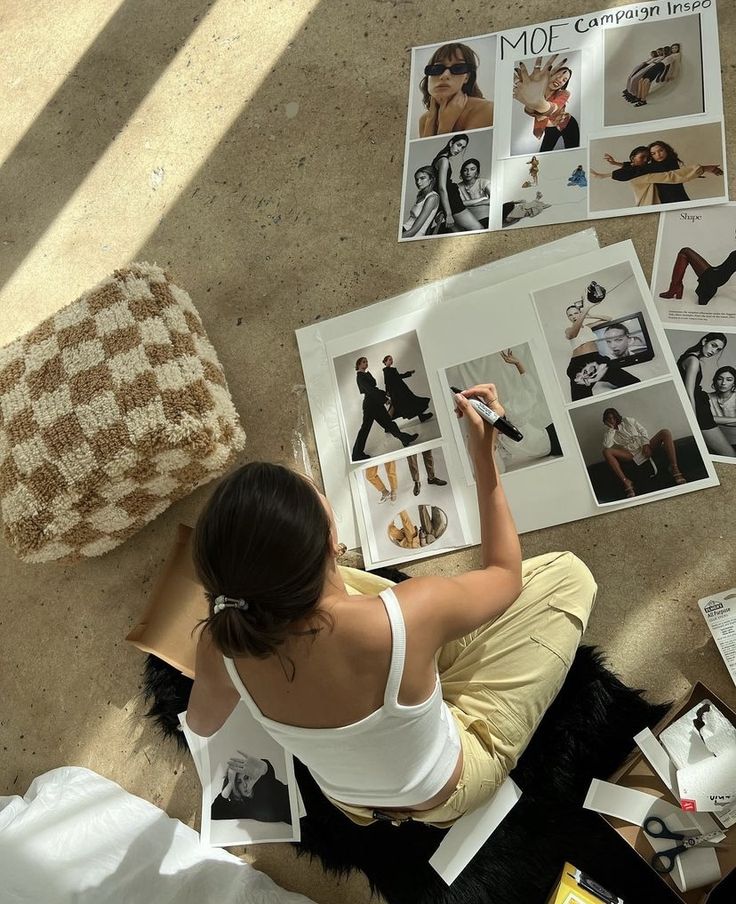
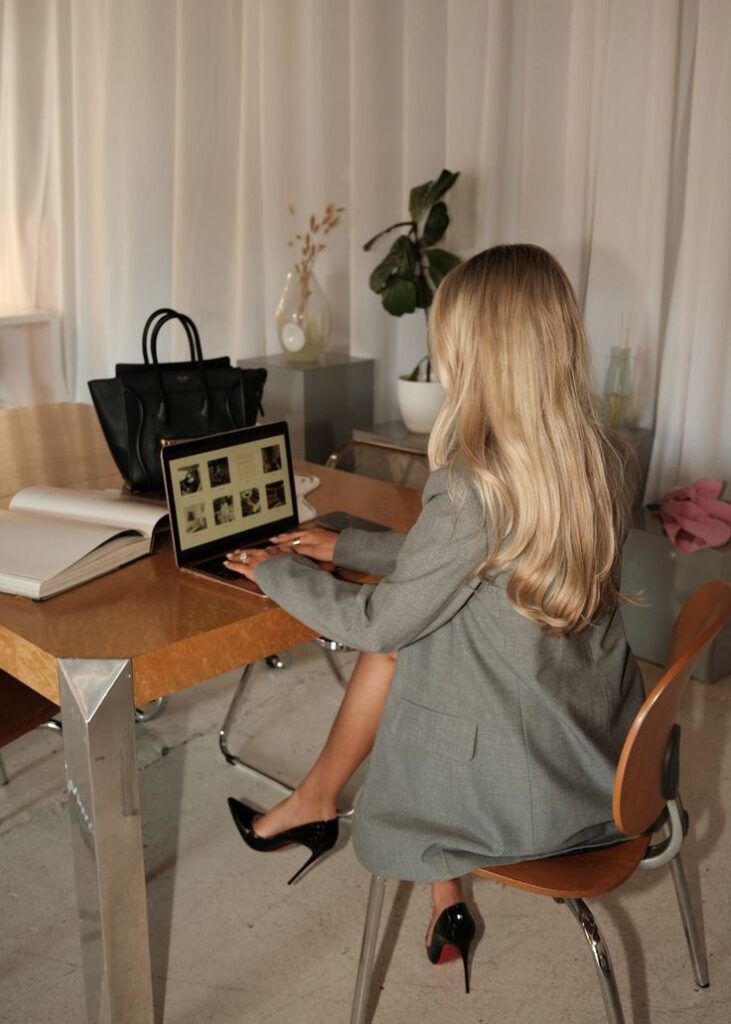
Many designers choose lighting and colors that make them feel calm or energized. Natural light is a favorite because it improves mood and focus. Some add plants or art to make the space more lively, which helps ideas come easier.
The layout is also important. Designers often prefer open spaces with minimal clutter so they can move freely. Comfort matters too; a good chair or standing desk prevents tiredness and keeps them working longer.
Tools and Materials That Spark Creativity
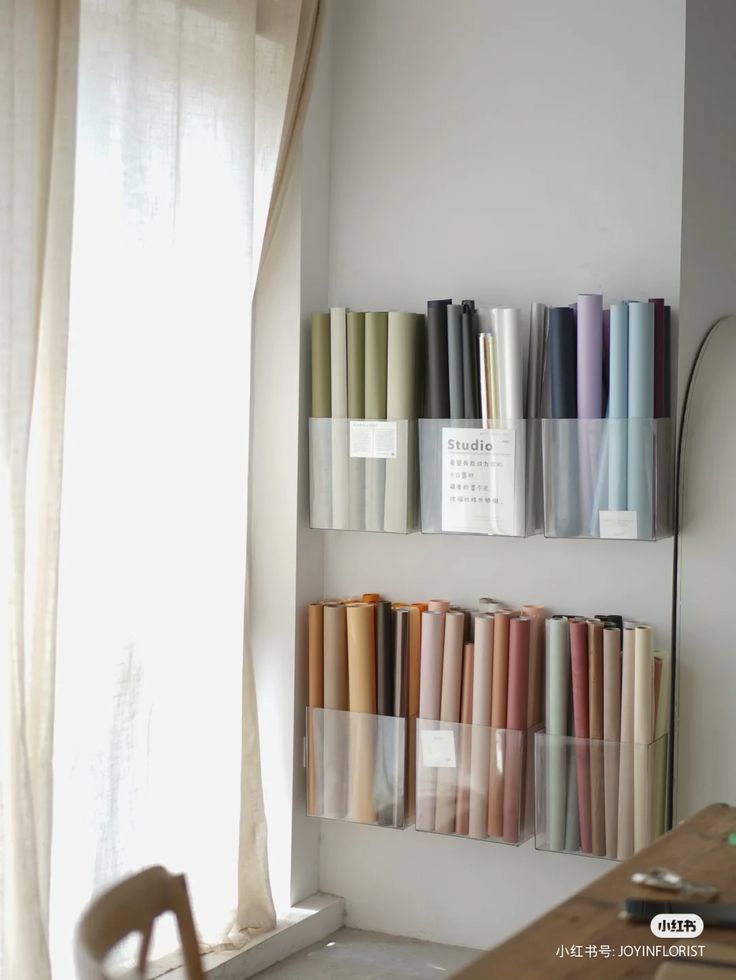
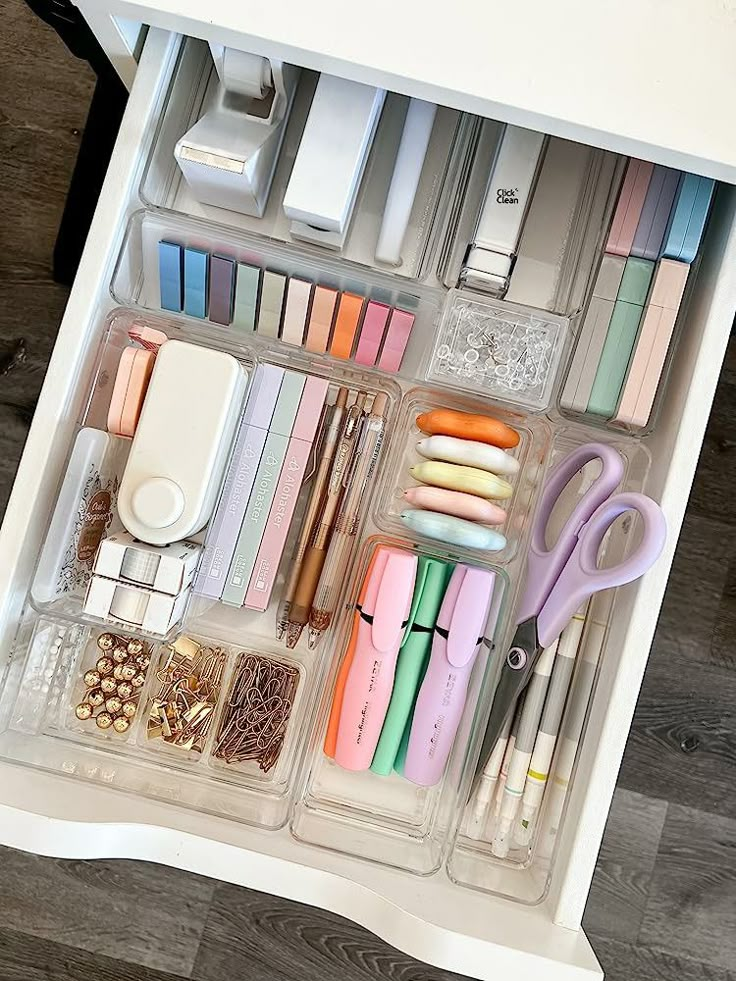
Designers keep tools within easy reach. Some organize them by color or frequency of use. This saves time and helps maintain a flow without interruptions.
They often use sketchbooks, digital tablets, or special software to quickly capture ideas. By having favorite materials ready, like pencils or fabric swatches, they can move from thinking to creating fast. A well-stocked workspace invites experimentation.
Overcoming Creative Block Through Environment
When stuck, designers change their surroundings. This might mean rearranging furniture or adding new objects to catch their attention. A fresh setup can break a dull routine.
Some take short breaks outside or go to a different room to reset their minds. These small changes help shift thinking and open new creative paths. The environment plays a key role in pushing past blocks.
Collaboration and Feedback in Creative Routines
Famous designers often work closely with others to improve their ideas. They share their thoughts openly, ask for honest opinions, and adjust their work based on feedback. This helps keep their designs fresh and effective.
Sharing Ideas with Other Designers
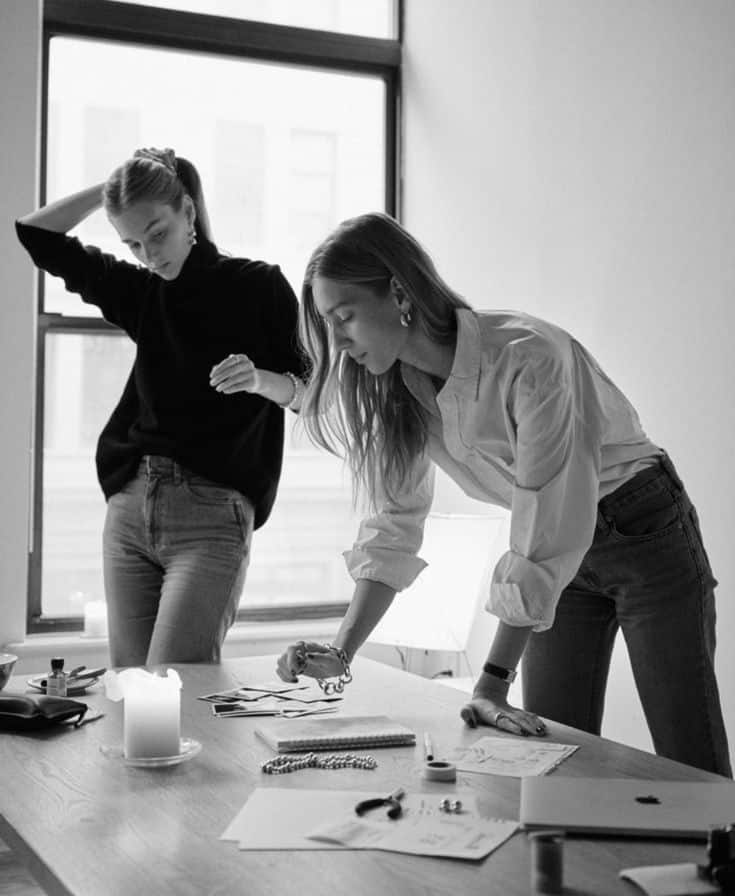
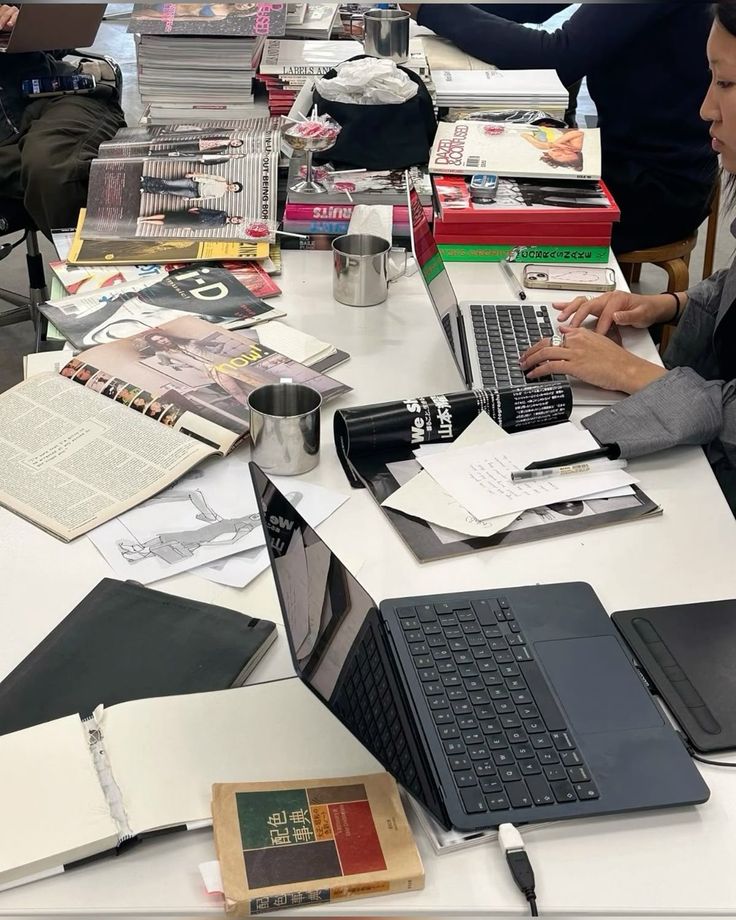
Designers often gather in groups to share their ideas. They might meet in studios, workshops, or online spaces. This helps them see different viewpoints and find new ways to solve problems.
By sharing sketches, concepts, or drafts, they get input early in the process. This makes their work stronger before it moves to the final stage. Talking with peers also sparks new ideas and keeps creativity flowing.
Seeking Constructive Criticism
Many designers actively ask for feedback that focuses on improvement. They want honest opinions, not just praise. This kind of criticism points out what needs work without discouraging them.
Some use structured methods like design critiques or peer reviews. These create a safe space where everyone respects each other’s opinions. It helps highlight both strengths and areas for growth.
Incorporating Feedback into Daily Process
Designers don’t just listen to feedback; they use it day by day. They make adjustments to their sketches, color choices, or layouts regularly based on what they learn.
This process can be quick or take several rounds. Keeping a flexible mindset allows them to improve steadily. It also builds better relationships with teammates and clients who feel heard.
Adapting and Evolving Design Routines
Famous designers often change how they work to stay creative and solve problems better. They learn from past mistakes and try new ways to improve their design process.
Learning from Mistakes
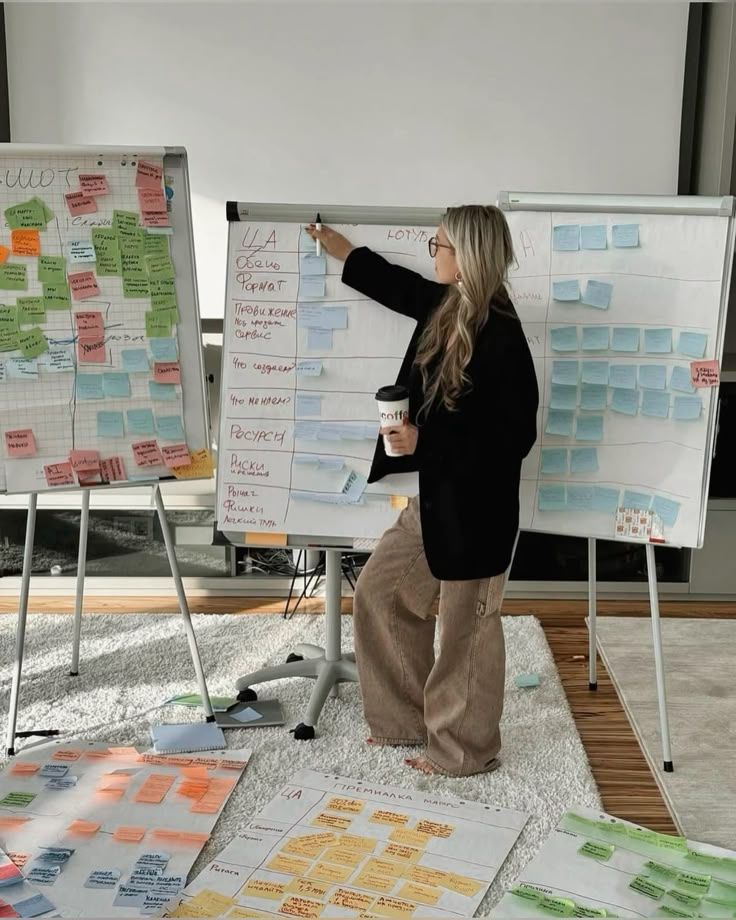
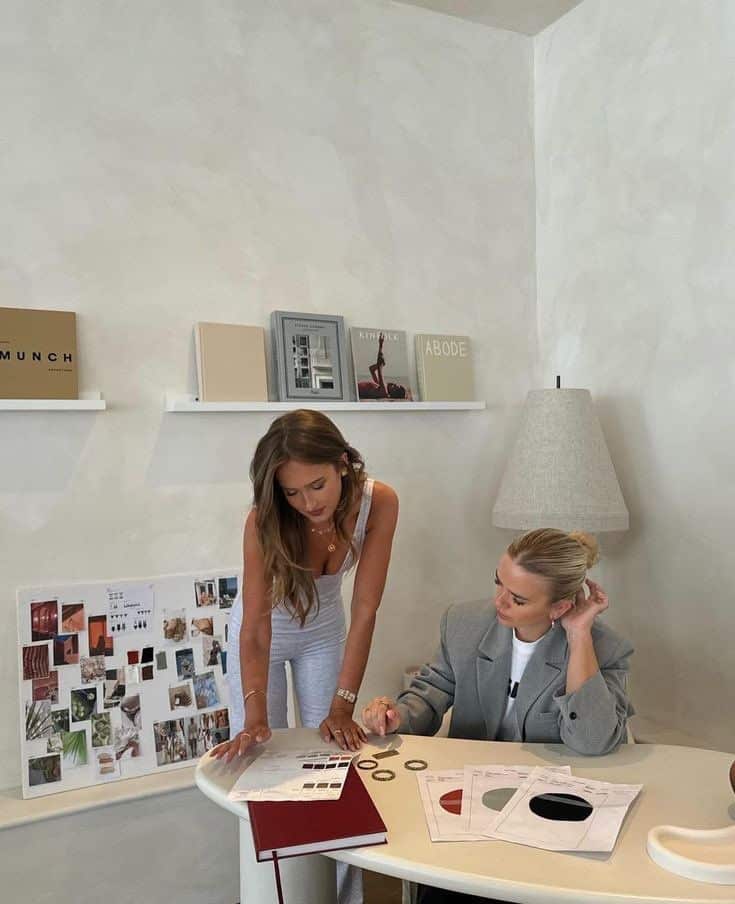
Many successful designers treat mistakes as valuable lessons. When a design does not work, they carefully study what went wrong rather than feeling discouraged. This helps them avoid repeating the same errors.
For example, a designer might notice that a color choice makes a product hard to read. Instead of ignoring this, they test different colors until they find one that works better. This trial and error approach leads to stronger final designs.
They also share their failures openly within teams. Talking about mistakes helps others learn too. This creates a healthy environment where risk-taking is encouraged, and innovation can grow.
Experimenting with New Methods
Designers often try new tools and techniques to keep their work fresh. They might switch software, explore different materials, or apply new creative exercises. This experimentation helps spark ideas that routine work might not produce.
For instance, some designers set time aside to sketch freely without any specific goal. This casual drawing can lead to unexpected concepts that improve their usual designs.
They often combine old methods with fresh ones. This mix keeps their routine balanced, blending reliability with creativity. By experimenting, designers stay adaptable and ready to meet changing demands.
- 0shares
- Facebook0
- Pinterest0
- Twitter0
- Reddit0








